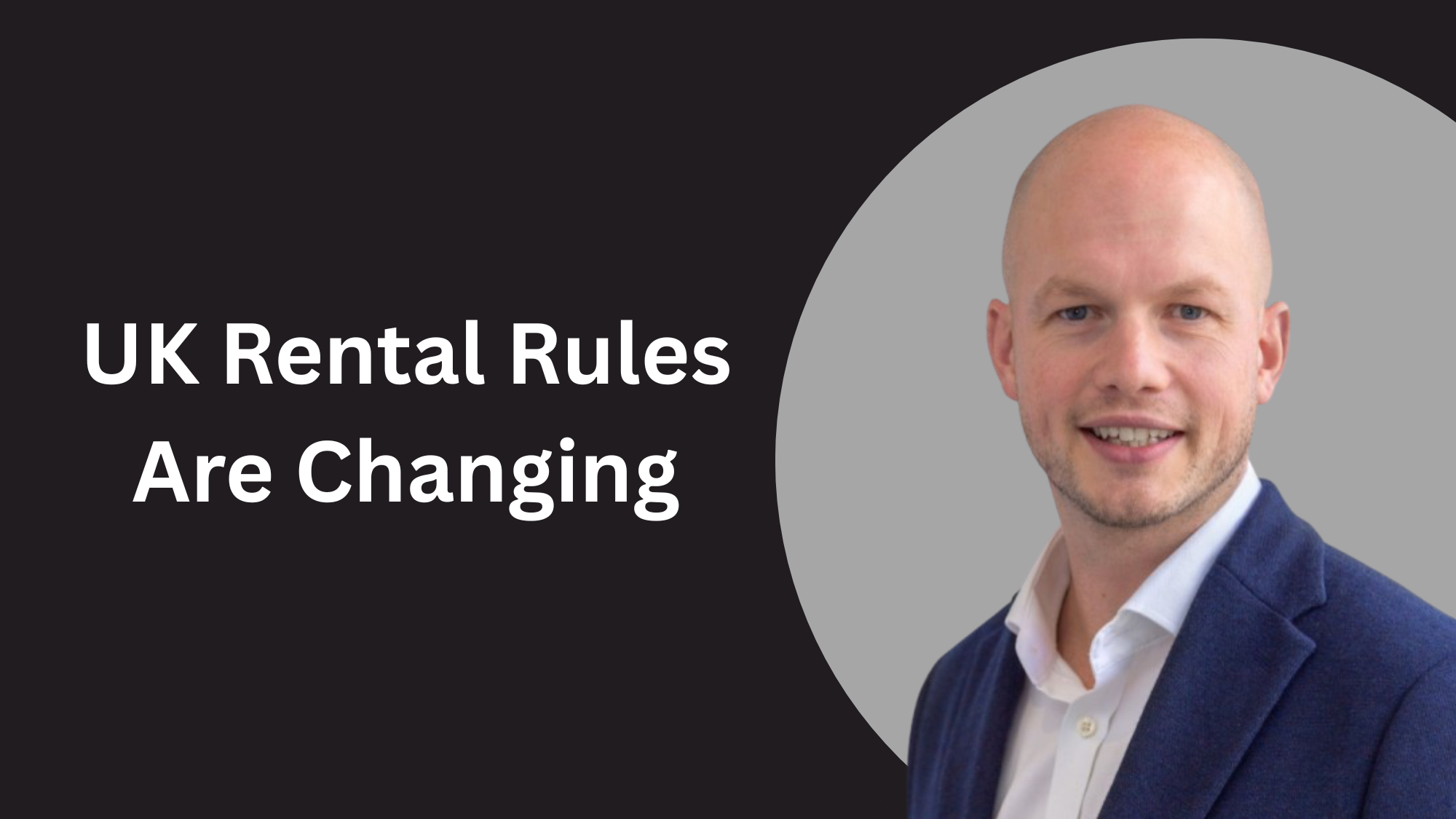One Door, Many Paths
When people think “real estate,” they usually picture houses or flats. But the investment landscape is far more diverse — and your choice of asset type will shape your entire strategy.
Here’s a breakdown of the major types of property investments you can explore — including pros, cons, and who each one suits best.
1. Residential Buy-to-Let
The classic rental model — you buy a home or flat and rent it out to tenants.
Why it works:
- Familiar and straightforward
- Steady rental income
- Easier to finance for beginners
Best for: New investors looking for a manageable entry point.
2. HMOs (Houses in Multiple Occupation)
Renting one property to multiple tenants with individual agreements (e.g., student or professional housing).
Why it works:
- Higher cashflow potential per property
- Diversifies tenant risk
Watch out for:
- Stricter regulation and licensing
- More intensive management
Best for: Investors who want higher income and don’t mind being hands-on.
3. Commercial Property
Offices, retail shops, industrial units, and warehouses.
Why it works:
- Longer leases and often lower tenant turnover
- Potentially higher yields
Challenges:
- Financing is more complex
- Exposure to business market shifts
Best for: Experienced investors or those looking to diversify.
4. Development & Flipping
Buying undervalued or rundown properties to renovate and sell for profit.
Why it works:
- Fast capital gains
- Adds value directly
Watch out for:
- Renovation risks, delays, or overbudget issues
- Taxes on short-term profits
Best for: Hands-on operators who want lump-sum returns.
5. International or Holiday Lets
Renting to tourists via platforms like Airbnb or Booking.com.
Why it works:
- High daily rates
- Personal use possible
Challenges:
- Seasonality and local regulations
- Management from afar if abroad
Best for: Investors seeking hybrid use or global exposure.
6. BRRR (Buy, Refurb, Refinance, Rent)
Acquire, improve, refinance to pull out equity, and rent.
Why it works:
- Scale quickly with recycled capital
- Adds both income and equity
Best for: Growth-focused investors with access to reliable refurb teams.
7. Mixed-Use Property
A building that combines residential and commercial space (e.g., shop on the ground floor, flat above).
Why it works:
- Multiple income streams
- Planning and zoning flexibility
Best for: Investors comfortable managing diverse tenant types.
8. Land Investment
Buying raw or underdeveloped land to hold or build.
Why it works:
- Long-term appreciation
- Strategic location betting
Challenges:
- No income while holding
- Development permissions can be slow or denied
Best for: Patient investors with a long-view and strategic vision.
Final Word: Don’t Pick — Plan
You don’t need to master every type of investment. But knowing what’s out there helps you choose the model that fits your goals, lifestyle, and risk profile.
As your knowledge grows, your portfolio can grow too — with variety and vision.



























Discussion